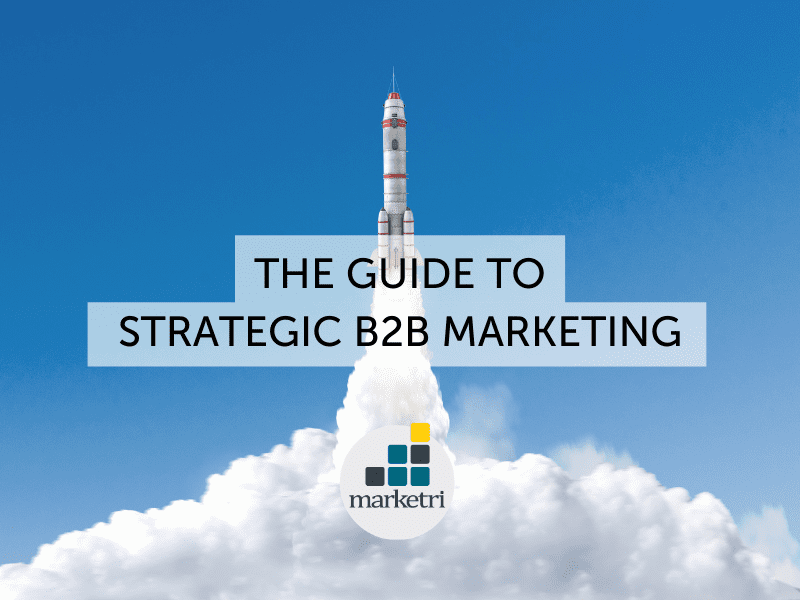CGO vs CMO: Unraveling the Alphabet Soup of Today’s Growth-Focused Leaders
It’s been about a decade since the Chief Growth Officer (CGO) role really emerged. Yet there’s still a lack of clarity around how this C-suite leader compares to the Chief Marketing Officers (CMOs) that most businesses task with generating revenue growth.
How do their roles differ?
Does a CGO eliminate the need for a CMO?
And how can you get the senior-level leadership you need to drive growth, on a reasonable budget?
We break it down based on the latest thinking around how to staff the executive team at a growth-minded business.
Comparing the CGO and CMO Roles
A CGO has the responsibility and the mandate to drive organizational growth by unifying all the functions involved in hitting your revenue targets.
Think of the CGO as your growth catalyst: breaking down silos and developing enterprise-level strategies and processes that get sales, marketing, product, operations, customer success, and data analytics all reaching for the same goals. You’ll find CGOs involved in a broad range of strategic initiatives—from product innovation to digital transformation, market analysis, partnership development, and more.
A CMO also focuses on driving growth, but with a narrower span of influence and control.
They develop and oversee the execution of a go-to-market strategy and full-funnel marketing plan that attracts ideal buyers and nurtures them through the buying journey. Though a successful CMO builds relationships across the business, their domain is marketing—encompassing everything from market research, to branding, demand generation, marketing strategy, and marketing automation. A successful CMO creates and tracks marketing KPIs that ladder up to corporate goals and ensures the business is getting the best ROI on the marketing spend.
Learn the full scope of the CMO’s role in your business.
Does Your Business Need a CGO and a CMO?
Since both leaders are charged with driving growth, that’s a natural question. And when the first CGOs came on the scene, many believed this new exec might negate the need for a CMO. Credit (or blame) Coca-Cola for that perception.
When Coca-Cola created its first CGO role in 2017, the move came on the heels of the long-time CMO’s retirement. Rather than replace the CMO, the company merged its marketing, customer, and commercial teams under the CGO role. Other big brands soon did the same.
But that doesn’t mean the CGO role eliminates the need for a CMO. Especially in a fast-changing world, where prospects control the buying journey, use AI-powered tools to research companies and products, and can influence other buyers’ decisions with one social media post.
Today’s CMOs have seen their role broadened and elevated in response to this new buying landscape. They’re just as likely as the CGO to bring the voice of the customer to the organization, apply AI and other innovative technologies to build and sustain a predictable pipeline, and focus on after-sale targets like cross-selling and customer retention. Some are even developing the broader capabilities required to move into the CGO spot.
The issue of whether to staff both a CGO and a CMO isn’t cut-and-dried and will depend on the organization’s goals, structure, and other factors.
Perhaps the more apropos question is: Whether CGO, CMO, or both, how can a middle market business get the growth driver they need without breaking the bank?
That’s where the increasingly popular fractional model levels the playing field.
Why Fractional Beats In-House for CGOs and CMOs
The fractional model empowers middle market companies to get the senior-level skills and capabilities to drive aggressive growth, without the high overhead of an FTE. Hiring a CGO or CMO on a fractional basis allows the flexibility to get the exact slice of an experienced leader’s time and expertise, leaving more budget for marketing and growth strategy execution. And wasting no effort on attempting to recruit and retain these coveted professionals.
A Fractional CGO becomes a fully embedded member of your C-suite, accountable for achieving long-term, sustainable growth. They deliver strategic growth leadership on a flexible basis, ideal for businesses that have ambitious targets but don’t need to pay for a full-time executive. A Fractional CGO becomes your organizational growth catalyst, driving an enterprise-level strategy and plan while aligning every function that contributes to growth.
A Fractional CMO develops and leads the execution of a full-funnel marketing plan that drives predictable growth. They become your strategic partner and an extension of your staff, orchestrating your marketing function for maximum ROI. Marketri Fractional CMOs work in tandem with our entire fractional team—creating a unified marketing powerhouse that far outperforms in-house teams.
If you lead a growth-minded business, you need a partner with the skills, expertise, and experience to drive predictable, sustainable growth.
Schedule a call to learn how a Marketri Fractional CGO or Fractional CMO can accelerate your growth and deliver an exceptional ROI.
This blog was originally published July 12, 2017





